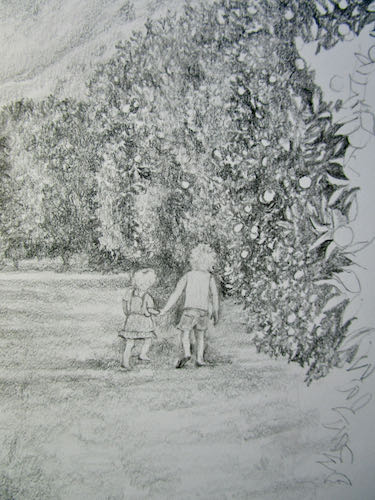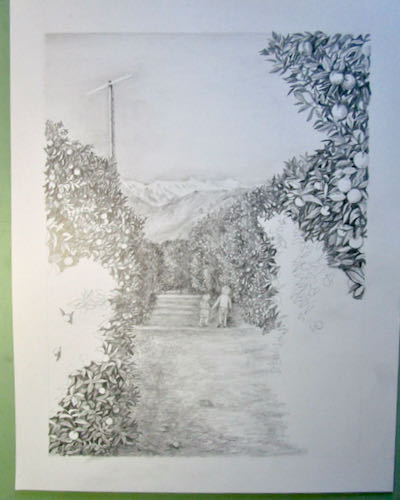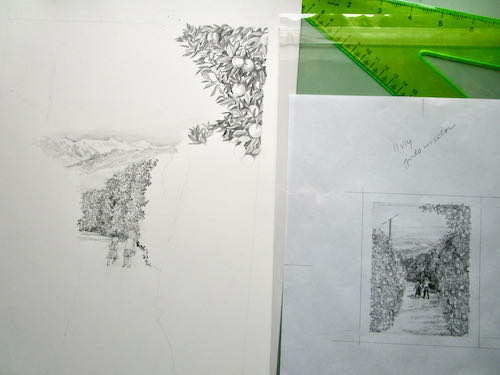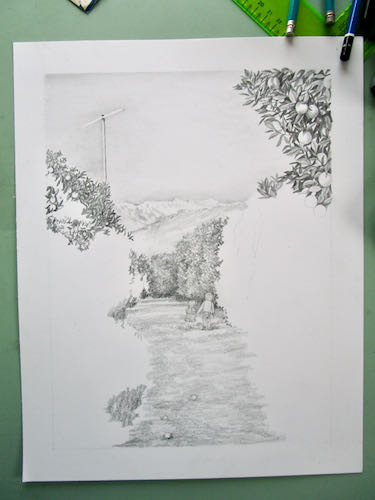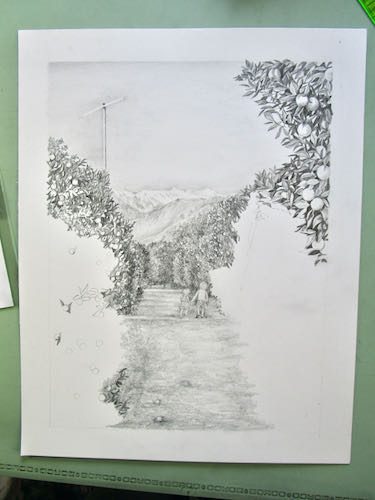If you subscribe to the blog and read the email on your phone, the photos might not show up. (Some people get them, some do not; it isn’t a problem I know how to solve.) You can see them by going to the blog on the internet. It is called cabinart.net/blog, and the latest post is always on top.
This was the day for the careful work on my odd job of repainting signs for a subdivision in Three Rivers: a gray line around all the letters, and repainting the California quail.
Thin Gray Line
Mixing the color was fun, because I had success quickly. Color precision isn’t terribly important here, but I like to practice my skill. You can see the new gray around the S and the old gray around the other letters. Same, same!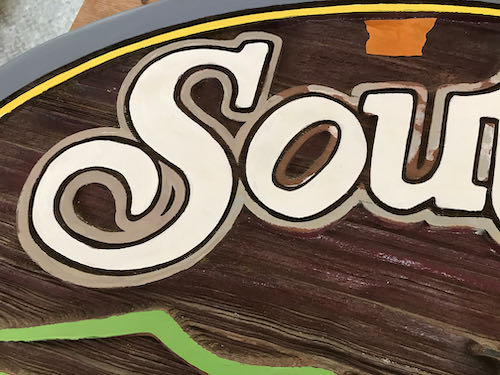
The California Quail
These were harder. I couldn’t tell for sure about the colors, and this particular one had such a sheen to it that I began to suspect it was a decal rather than something that was painted directly on the redwood.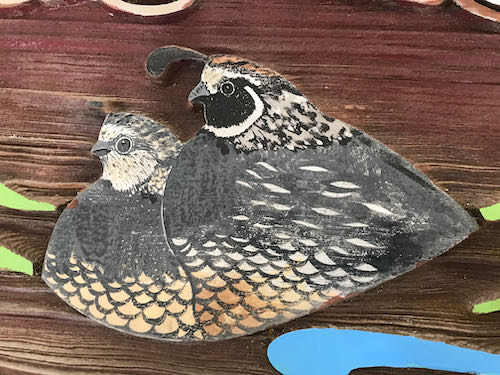
On the more weathered sign, it was clear that the quail were painted directly on the redwood.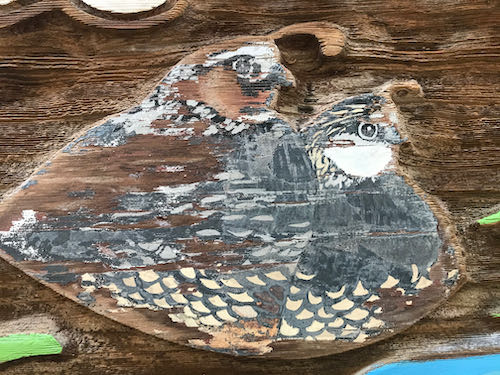
The photo only showed the quail on the less weathered sign, which should have been adequate.
When I moved over to the other sign, I couldn’t figure out why I wasn’t able to duplicate the quail when I turned my back. It took a few flailing efforts before I realized they were facing the opposite directions. 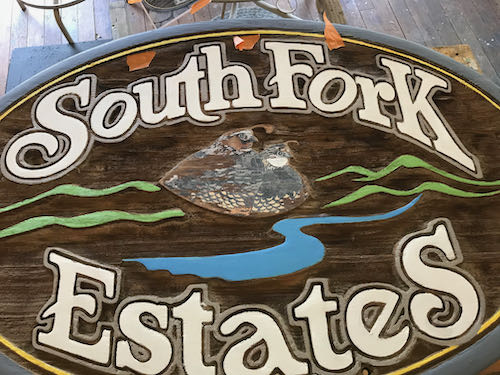
I didn’t do a perfect job, but I was able to make them look believable.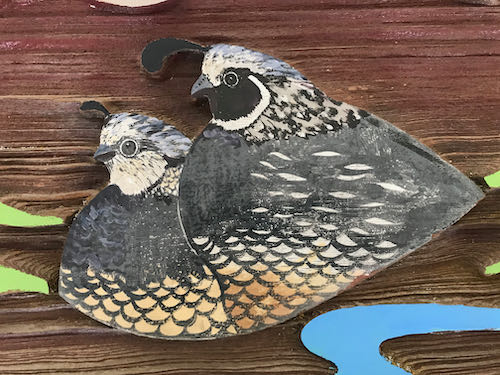
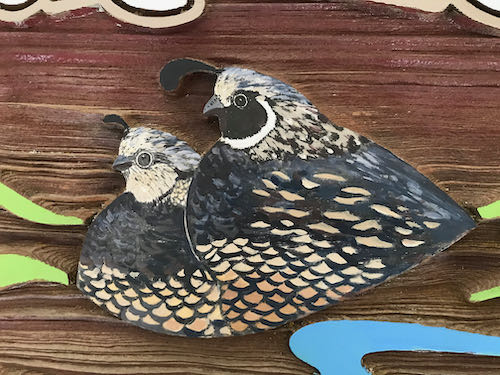
Here are the two signs, finished as far as I am able.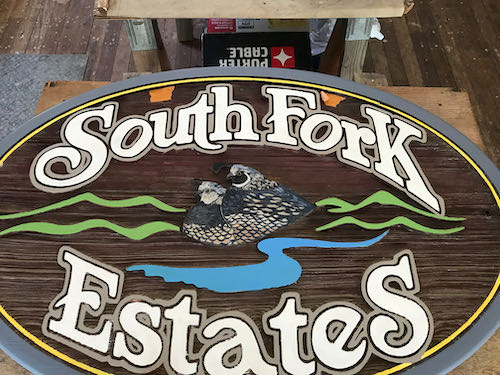
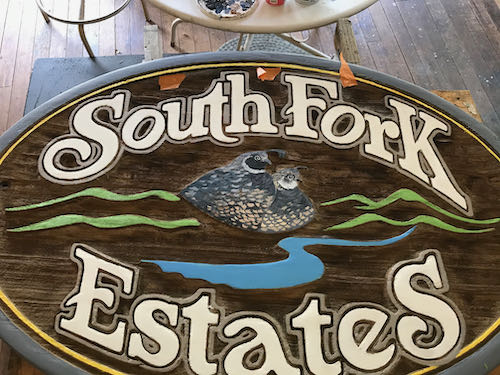
Finishing
The lead man on the project knows that I don’t know how to finish these. Mendosign kindly emailed me with a suggestion to use wood stain with a red tint, saying that wood needs to breathe, and that the stain would easily wipe off the painted parts.
Mr. South Fork Estates thought there was a risk that it would make the painted parts look grubby. He will call a painter friend in Visalia for some advice.
So, they will figure it out, and I am finished.
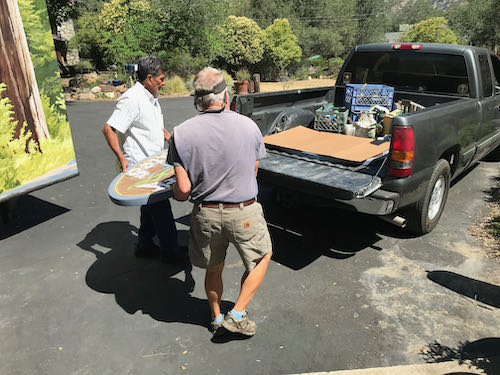
Bye-bye signs. Thank you, TT and TG!
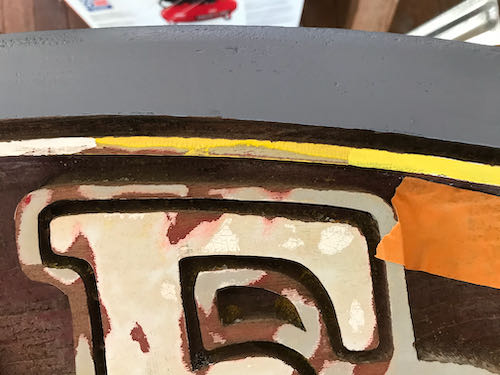
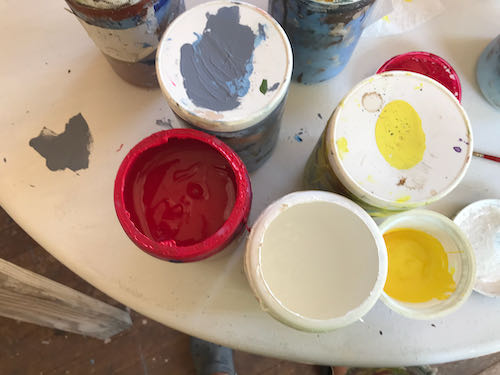
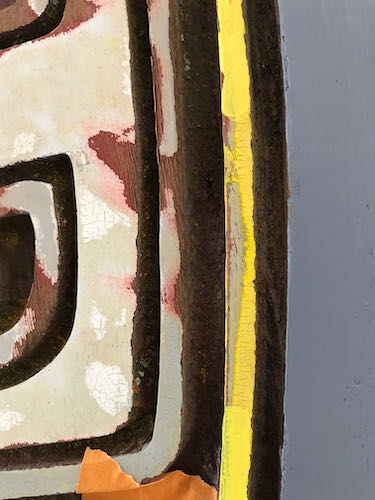
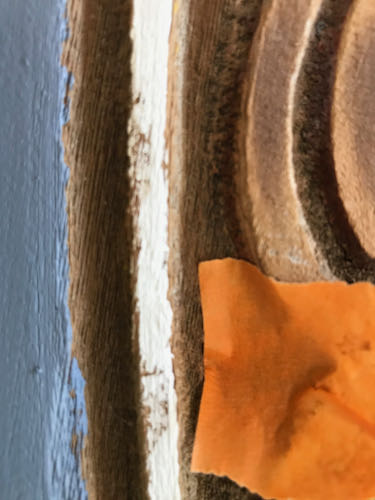
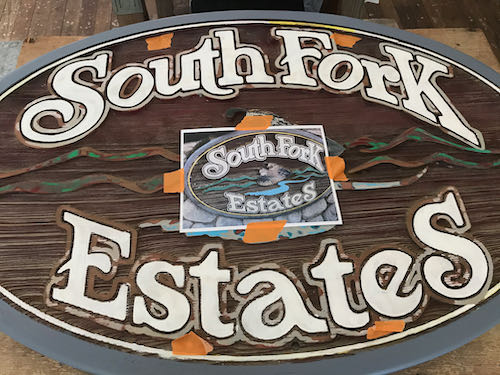
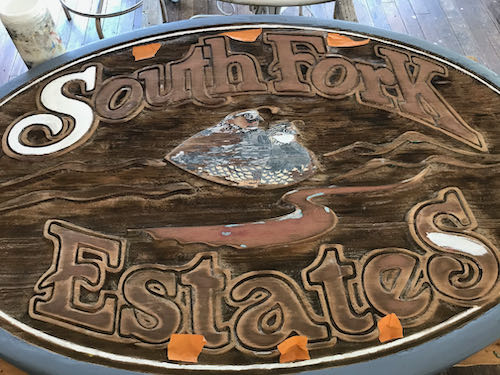 After 5 hours, I felt an unavoidable slide into Idiotland, where Sloppy, Stupid, and Careless all reside. Besides, my cheater-readers kept falling off when I leaned over the sign, and then I painted a blue streak on my face by accident.
After 5 hours, I felt an unavoidable slide into Idiotland, where Sloppy, Stupid, and Careless all reside. Besides, my cheater-readers kept falling off when I leaned over the sign, and then I painted a blue streak on my face by accident.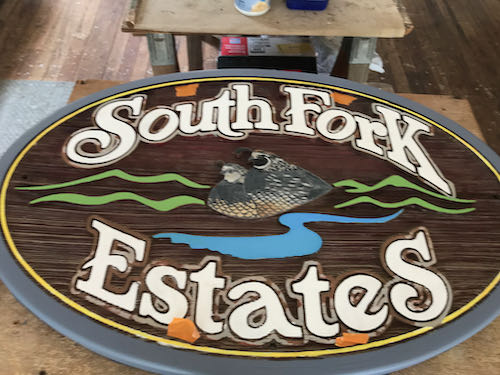
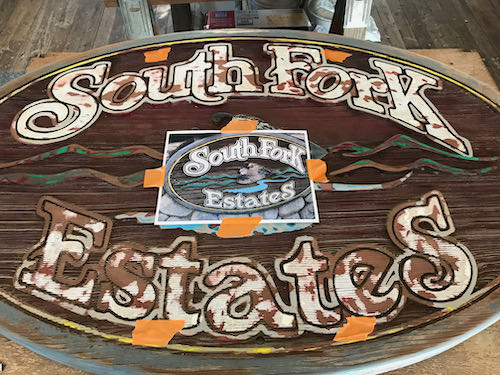
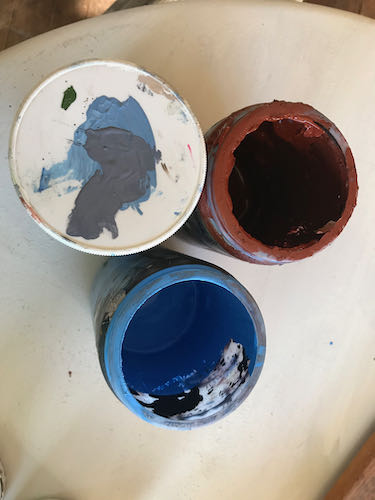
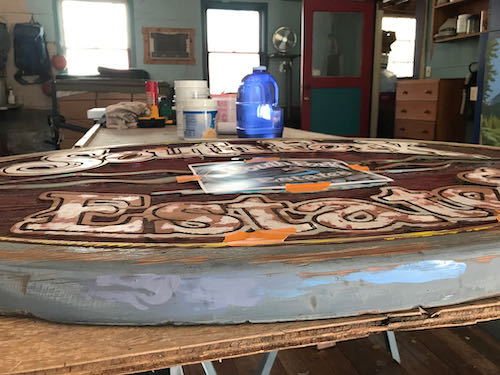
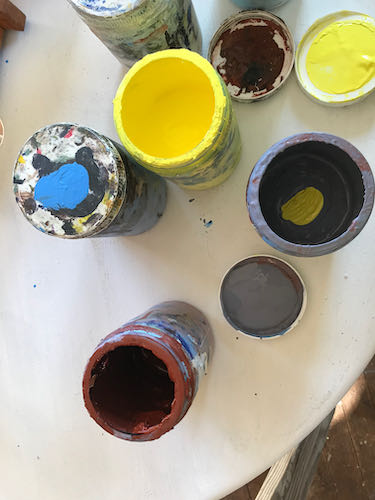
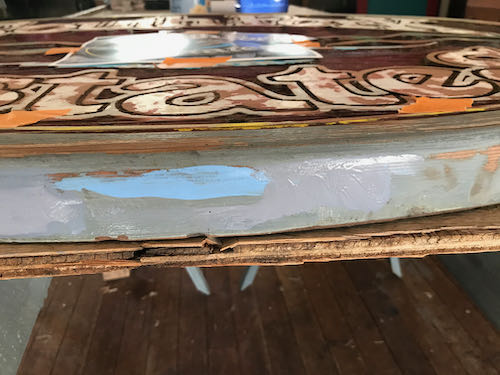
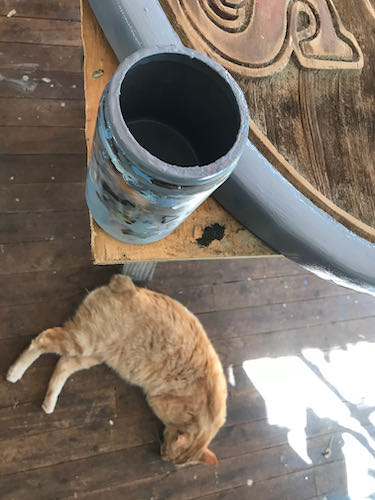

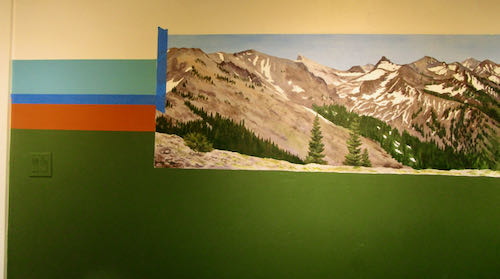
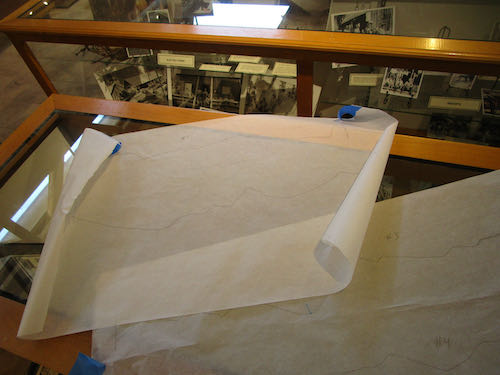
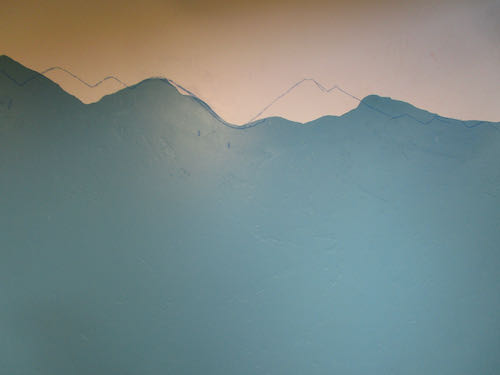
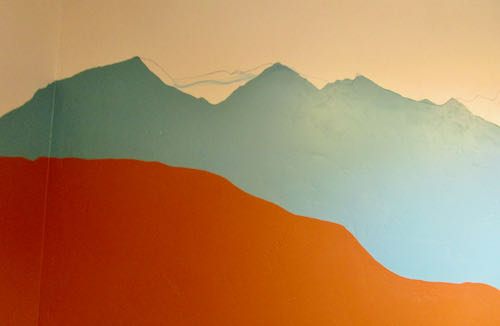
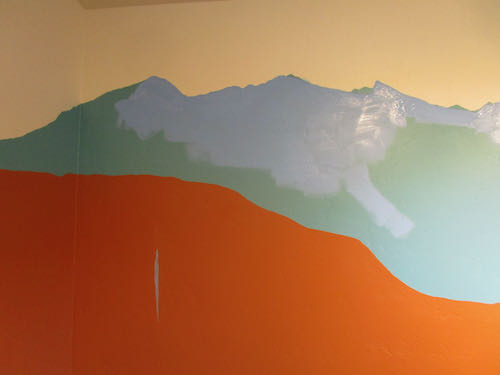
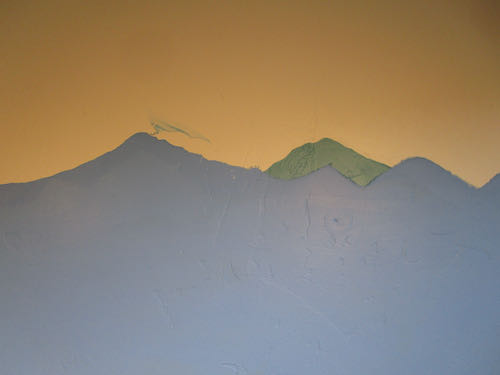
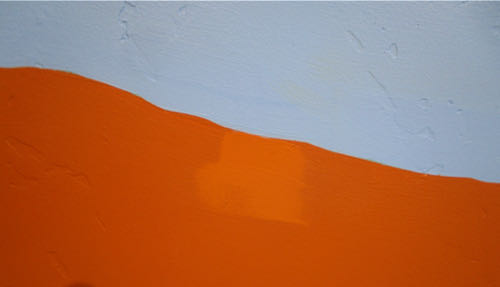
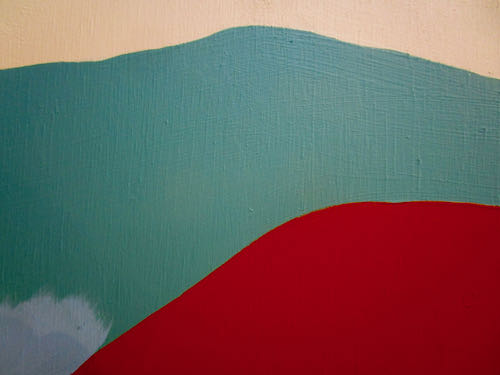
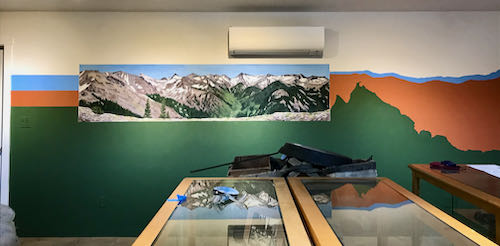
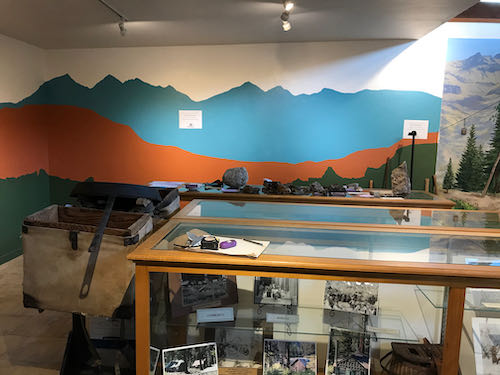
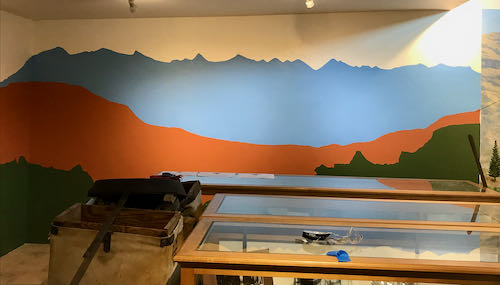
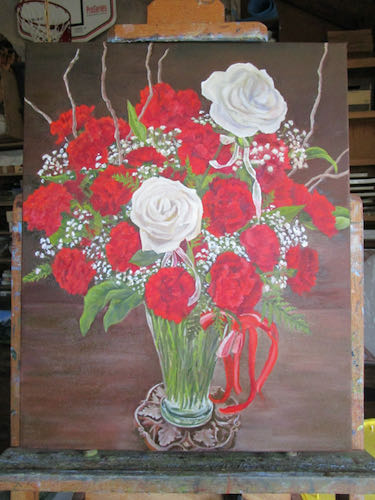
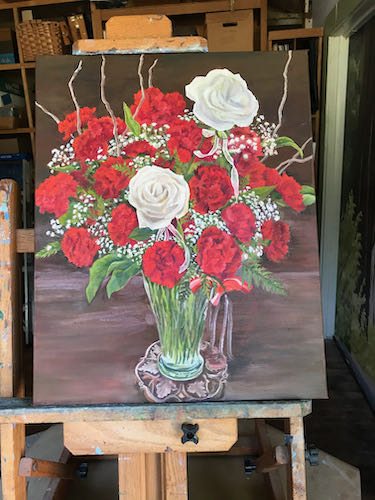
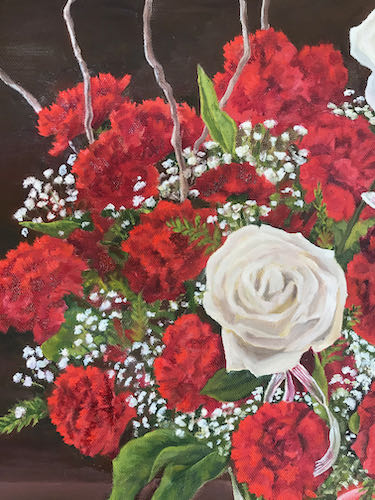
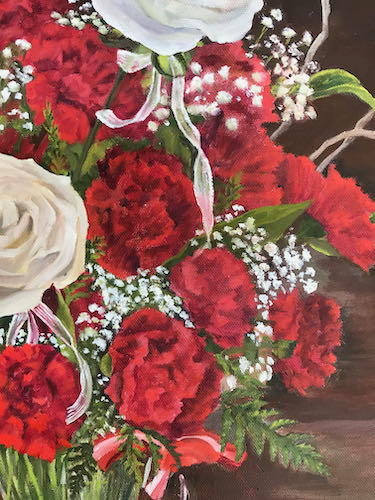
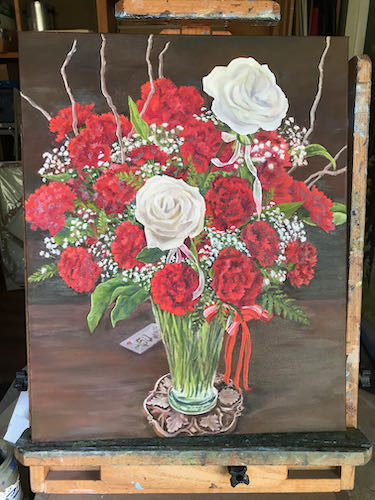
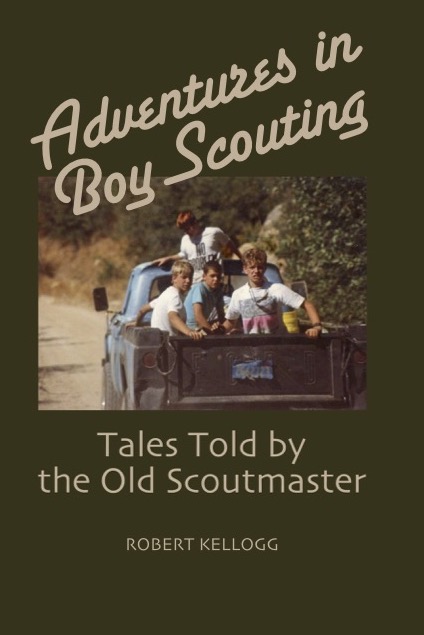

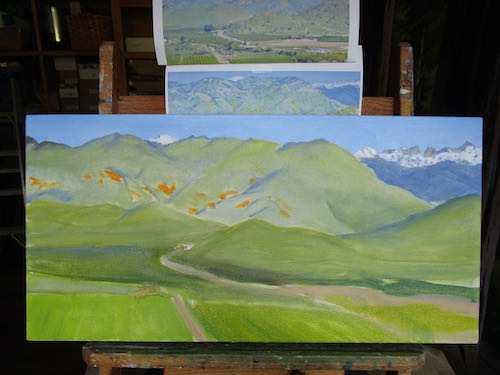 I detailed the mountains and put a second layer on my favorite scene.
I detailed the mountains and put a second layer on my favorite scene.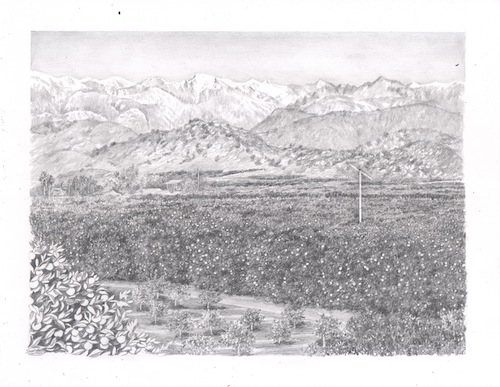
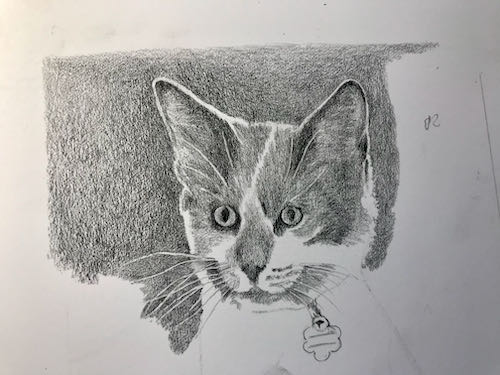
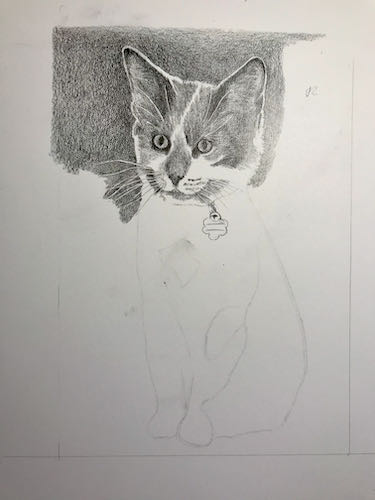
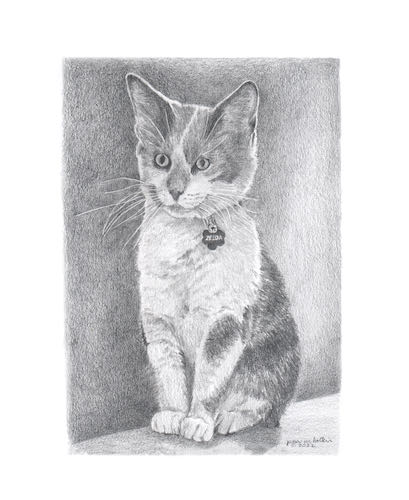

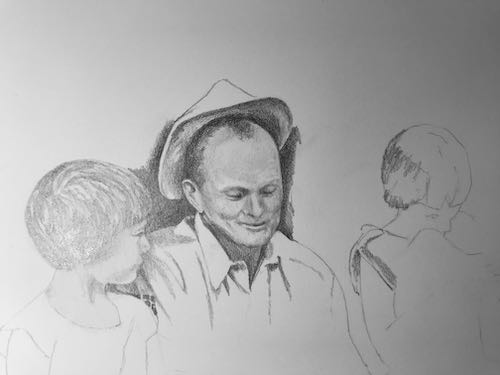
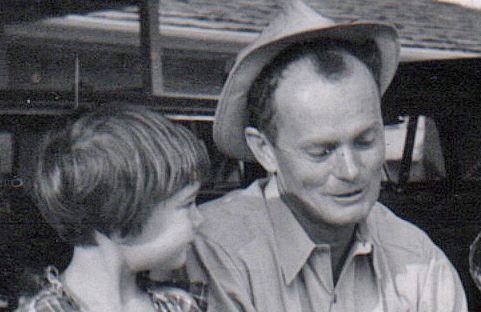
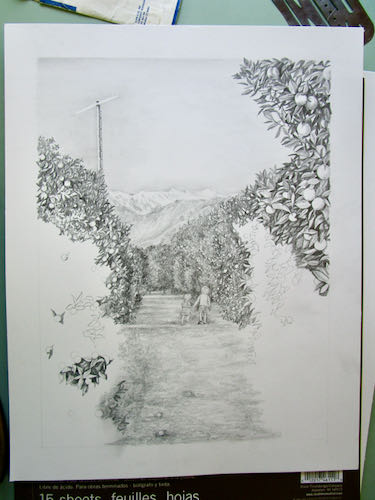 Have a look at the 2 little girls, the way I see them under the giant lighted magnifying glass. They truly are almost impossible to draw and hardly show up. But they will have color on them at the end, so they will be more visually significant.
Have a look at the 2 little girls, the way I see them under the giant lighted magnifying glass. They truly are almost impossible to draw and hardly show up. But they will have color on them at the end, so they will be more visually significant.